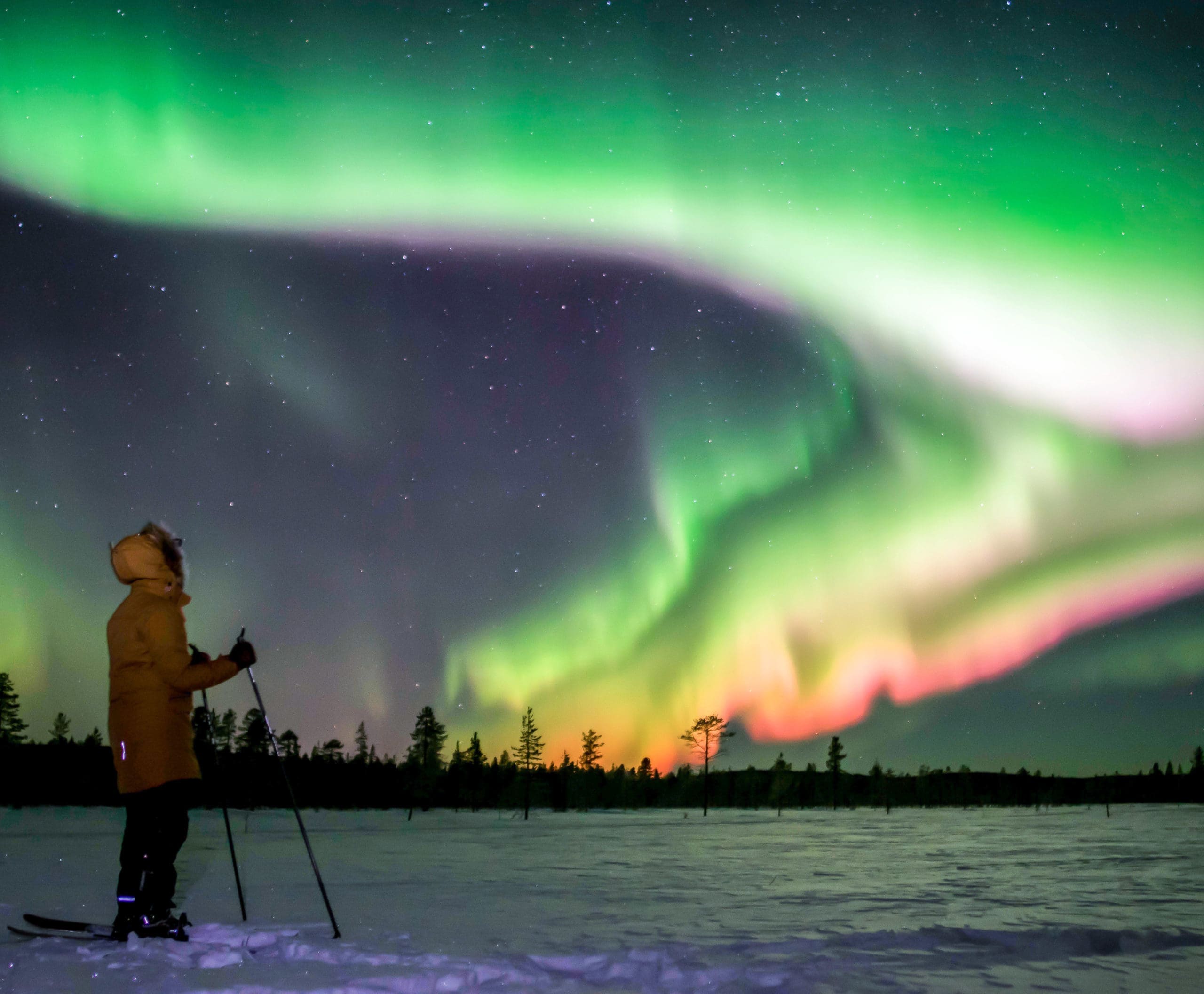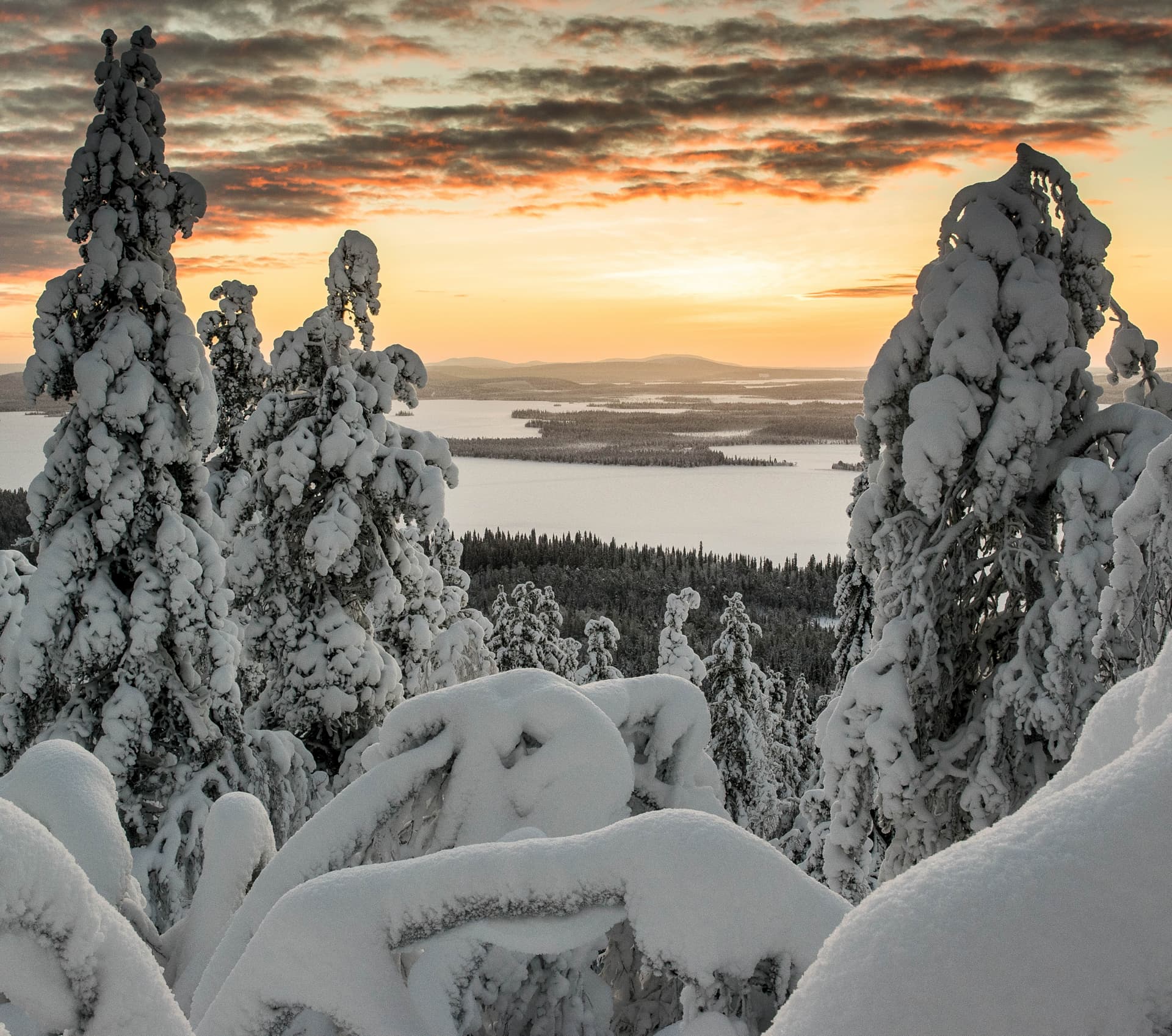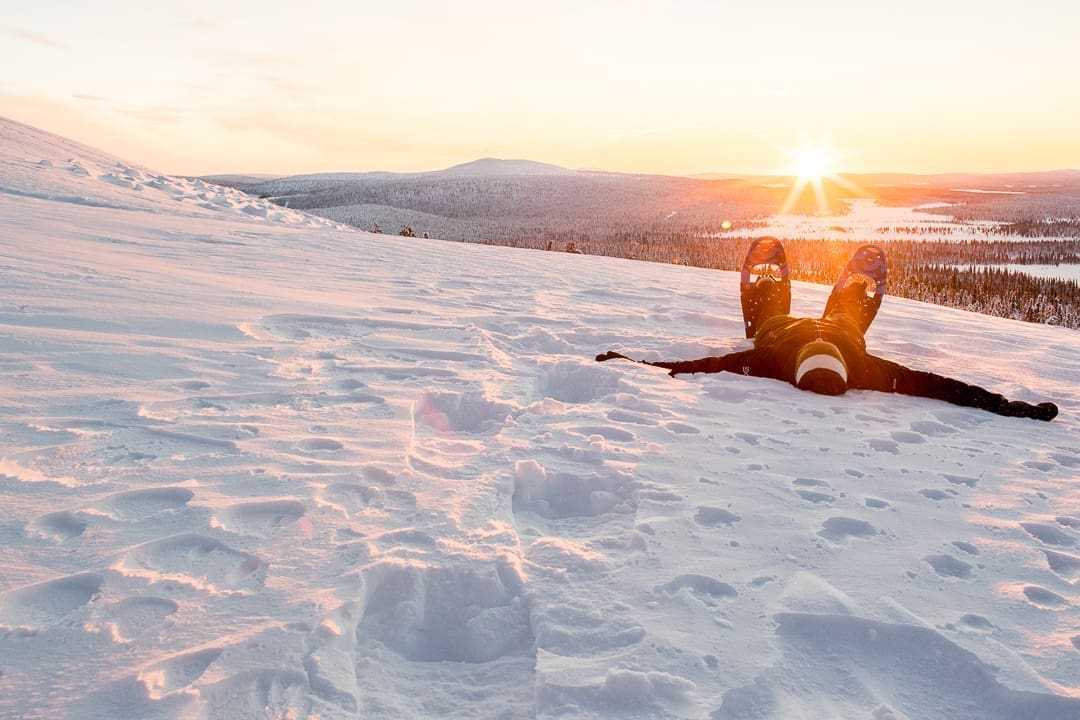Reindeer, also known as caribou in North America, are fascinating creatures that have adapted to some of the harshest climates on Earth. One of the most intriguing aspects of these animals is their ability to move swiftly across snowy terrains. But just how fast can a reindeer run in the snow? Let’s delve into the details.
Reindeer Physiology and Adaptations
Reindeer are built for endurance and speed, especially in snowy conditions. Their hooves are uniquely adapted to provide traction on icy surfaces, and their muscular legs are designed for long-distance travel. These adaptations are crucial for their survival, as they often need to migrate over vast distances in search of food.
In addition to their physical adaptations, reindeer have a thick coat of fur that insulates them against the cold. This fur also helps reduce wind resistance, allowing them to move more efficiently through the snow. Their large, wide hooves act like snowshoes, distributing their weight and preventing them from sinking into the snow.
Speed on Snowy Terrains
When it comes to speed, reindeer are quite impressive. On average, a reindeer can run at speeds of up to 50 to 60 kilometers per hour (31 to 37 miles per hour) on snowy terrains. This speed is not just for short bursts; reindeer can maintain a steady pace over long distances, which is essential for their migratory lifestyle.
During migration, reindeer can cover up to 5,000 kilometers (3,100 miles) in a year. This incredible endurance is a testament to their physical conditioning and the efficiency of their movement through snow. Their ability to run fast and far is vital for escaping predators and reaching new feeding grounds.
Factors Affecting Speed
Several factors can influence how fast a reindeer can run in the snow. The depth and type of snow play a significant role. In deep, powdery snow, reindeer may slow down as they have to expend more energy to move. Conversely, on hard-packed snow or icy surfaces, they can achieve higher speeds due to better traction.
Weather conditions also impact their speed. Strong winds and blizzards can hinder their movement, while clear, calm days provide optimal conditions for running. Additionally, the health and age of the reindeer are crucial factors. Younger, healthier reindeer are generally faster and more agile than older or weaker individuals.
Reindeer in Lapland
In Lapland, reindeer are an integral part of the landscape and culture. These animals are not only important for the ecosystem but also for the local economy, particularly in tourism. Visitors to Lapland often have the opportunity to witness reindeer in their natural habitat, and even participate in reindeer sledding activities.
Reindeer herding is a traditional practice in Lapland, and herders have a deep understanding of these animals’ capabilities. They know how to manage the herds to ensure their well-being and optimize their movement across the snowy terrain. This knowledge has been passed down through generations, making reindeer herding a vital part of Lapland’s heritage.
Experience Lapland with Wildmaker Finland
If you’re intrigued by the speed and agility of reindeer and want to experience it firsthand, consider booking a tour with Wildmaker Lapland. We offer a range of tours that allow you to immerse yourself in the beauty of Lapland and learn more about these incredible animals.
Our services include guided reindeer sledding tours, where you can see reindeer in action and even try your hand at herding. We also offer educational experiences that provide insights into the life of reindeer and the traditional practices of herding. Whether you’re an adventure seeker or a nature enthusiast, Wildmaker Lapland has something for everyone.
Join us for an unforgettable journey through the snowy landscapes of Lapland and discover the magic of reindeer. Book your tour today and create memories that will last a lifetime.



